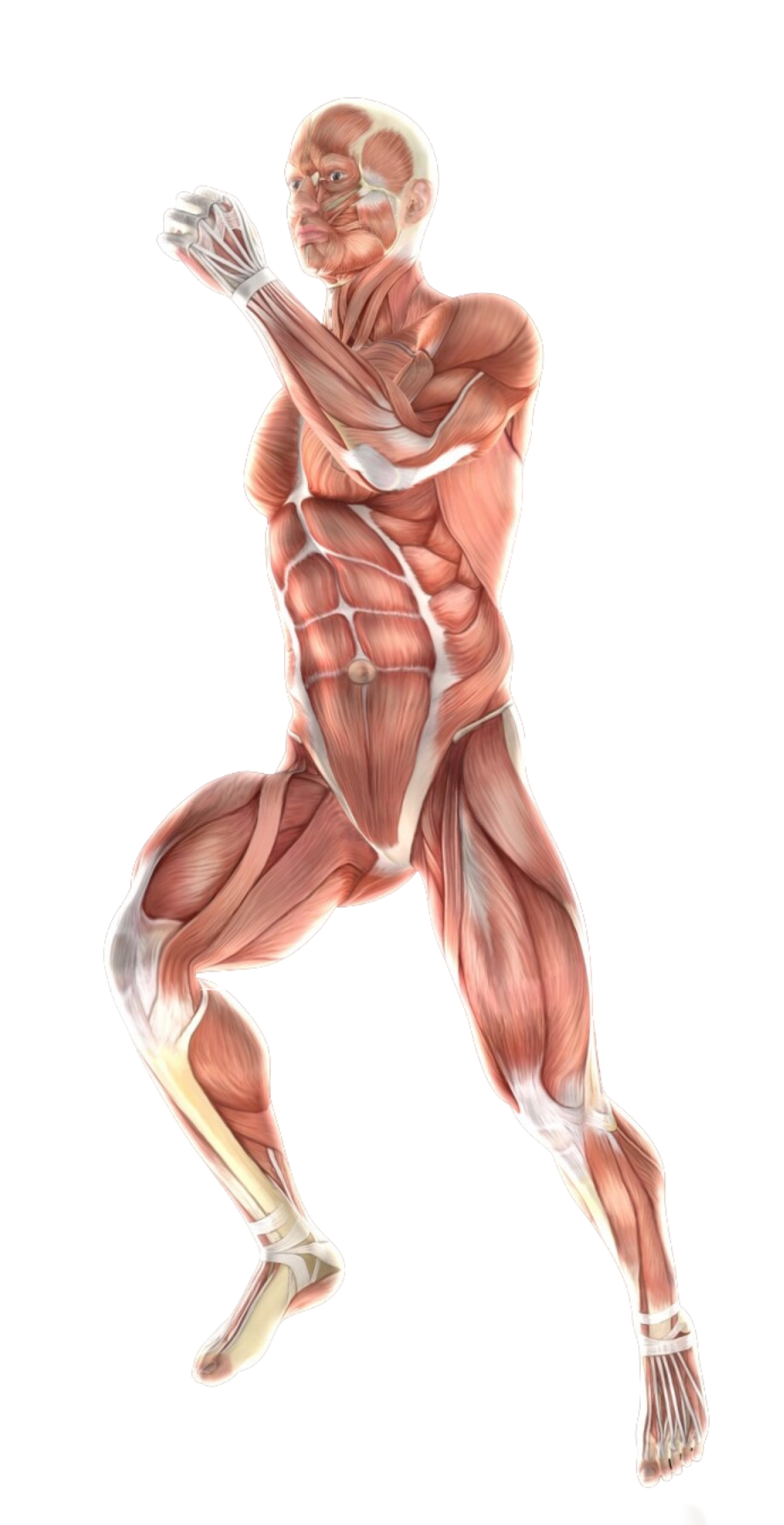- #11-13 Mount Elizabeth Medical Centre (Orchard)
- Mon Fri 9am — 6pm | Sat 9am — 12.30 pm
The sacroiliac (SI) joint, located on either side of the lower back where the sacrum (triangular bone at the base of the spine) connects to the ilium (top of the pelvis), plays an important role in stability, weight distribution, and shock absorption during movement. When these joints become damaged or inflamed, they can cause pain and discomfort in the lower back, hips, and legs, affecting daily activities and quality of life. This condition is known as sacroiliac joint dysfunction, also known as sacroiliitis or sacroiliac joint syndrome.
Several factors can contribute to the development of sacroiliac joint dysfunction:
The most common symptom of sacroiliac joint dysfunction is pain felt in the lower back, hips, and sometimes radiating down the leg. Pain can be characterized as:
Other possible symptoms may include:
It is important to note that these symptoms can be caused by a variety of other conditions, and a healthcare professional should be consulted for an accurate diagnosis.

Sacroiliac joint dysfunction is usually managed with a conservative approach, focusing on pain management, reducing inflammation, and improving joint function. These methods often include a combination of the following:
Sacroiliac joint fusion surgery is generally considered a last resort for individuals with severe and persistent pain that has not responded adequately to conservative treatment. This surgery involves fusing the SI joint to prevent further movement and possibly reduce pain.

Spine - Neck
Shoulder & Elbow
Spine — Back
Wrist & Hand
Knee Pain
Ankle Pain
Foot Pain
Book a consultation with us for a more comprehensive diagnosis and a personalised treatment plan best suited to your needs.

Spine - Neck
Shoulder & Elbow
Spine — Back
Wrist & Hand
Knee
Ankle
Foot